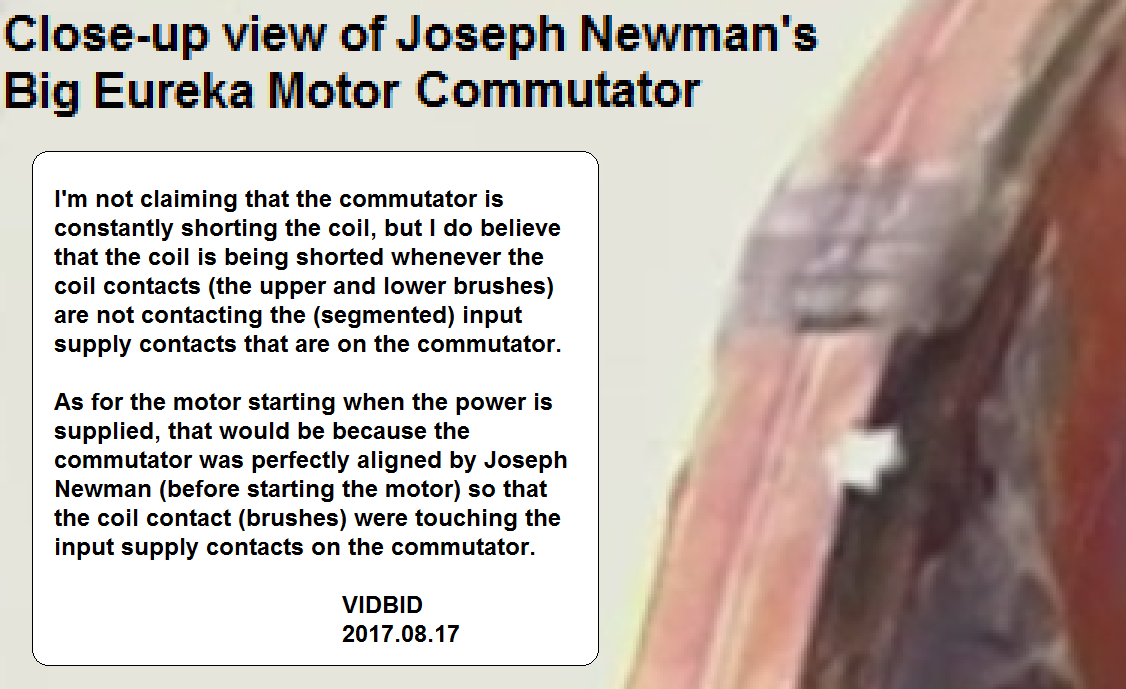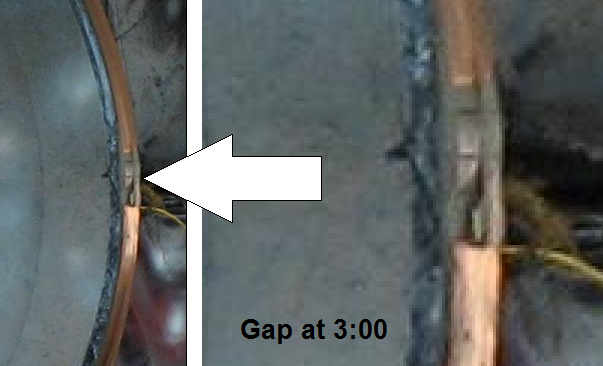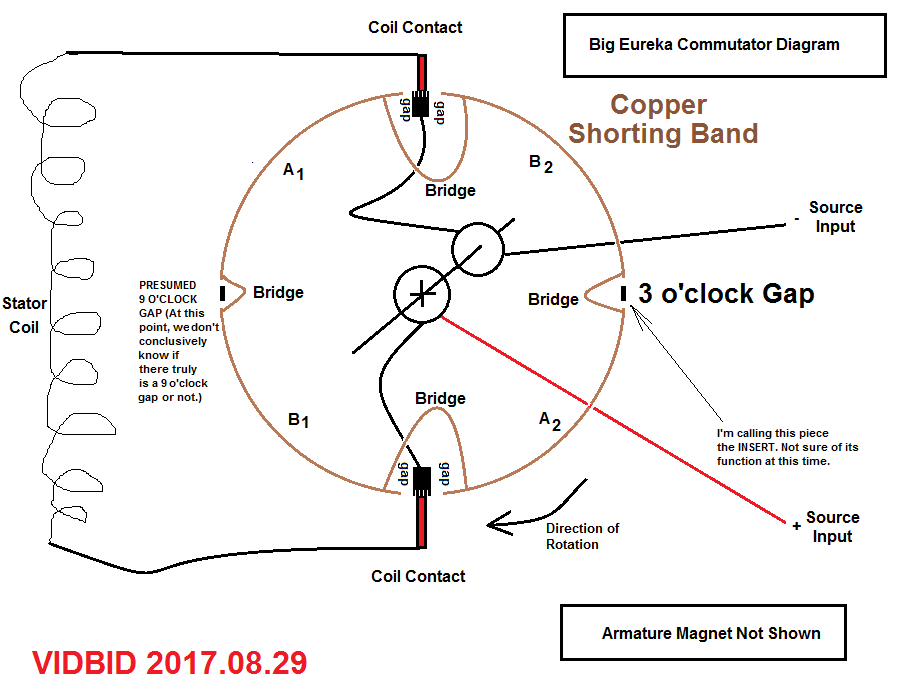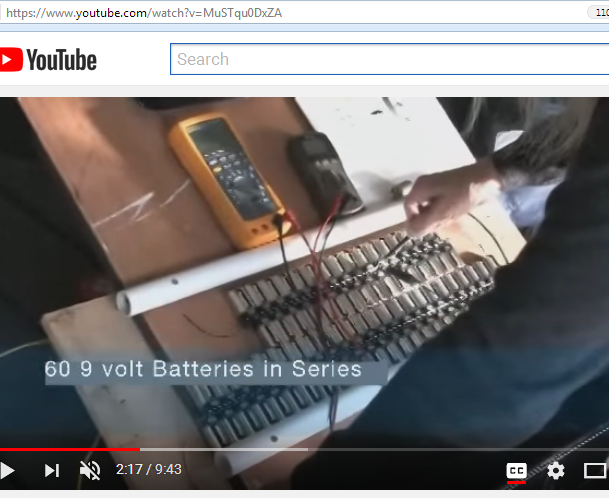Sourcing Free Magnet Wire
I source my magnet wire from old-style TVs which I have been salvaging whenever I run across one.
The quality is pretty good, and the cost is low.
https://www.youtube.com/watch?v=7gk5Un1b7rs
I'm looking to build something like in this video, but with the armature going along the length of the coil. Also, I will be using a Newman commutator.
https://www.youtube.com/watch?v=T5RtBVvOviA
I like the orientation that he has with this motor, but instead on one coil, I would have two, that is, one above and one below the armature. Also, I would be using a high impedance coil or high voltage coil of a microwave oven. Again, I would be using a Newman commutator.
https://www.youtube.com/watch?v=pUDnPQY6yJI
Originally posted by gyula
View Post
The quality is pretty good, and the cost is low.
https://www.youtube.com/watch?v=7gk5Un1b7rs
I'm looking to build something like in this video, but with the armature going along the length of the coil. Also, I will be using a Newman commutator.
https://www.youtube.com/watch?v=T5RtBVvOviA
I like the orientation that he has with this motor, but instead on one coil, I would have two, that is, one above and one below the armature. Also, I would be using a high impedance coil or high voltage coil of a microwave oven. Again, I would be using a Newman commutator.
https://www.youtube.com/watch?v=pUDnPQY6yJI









Comment